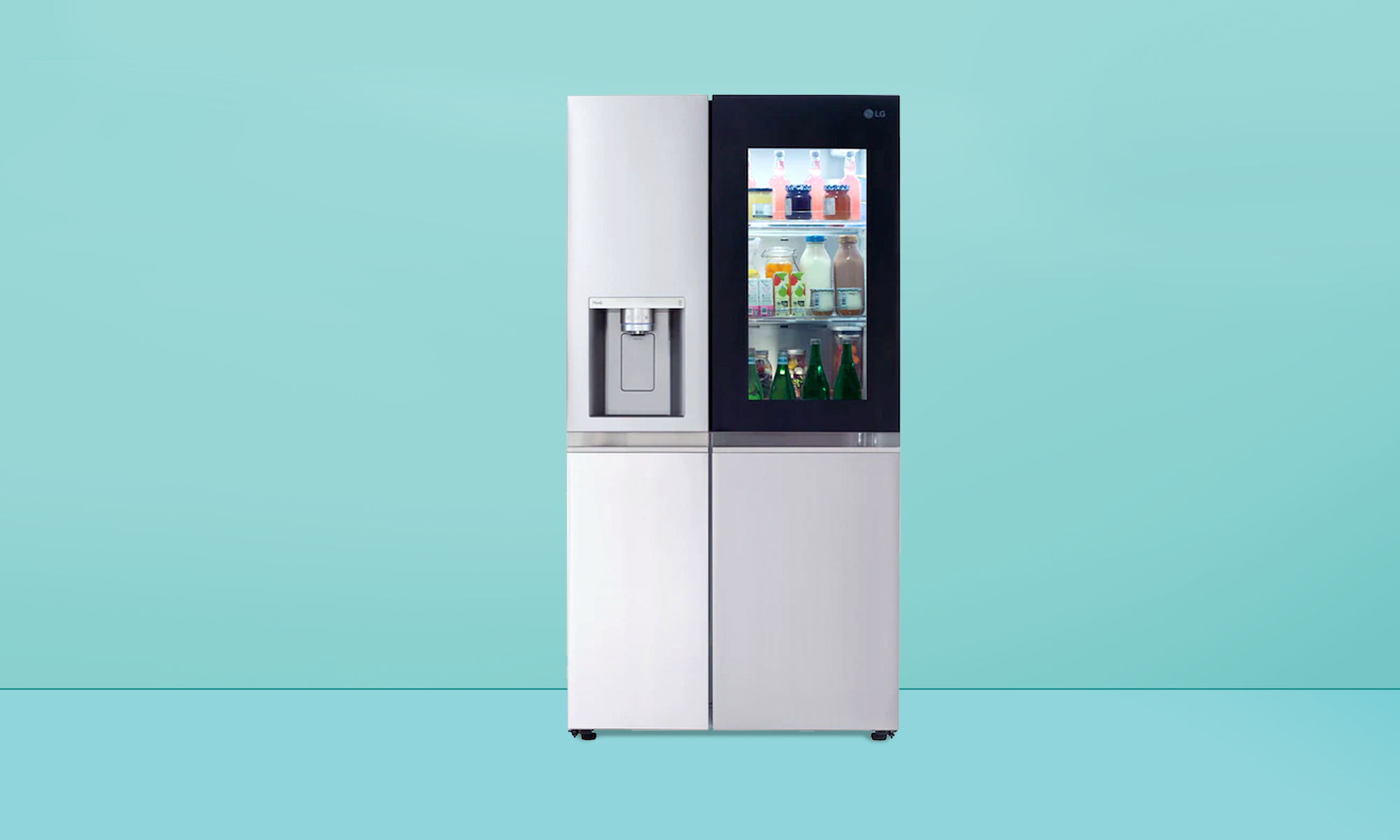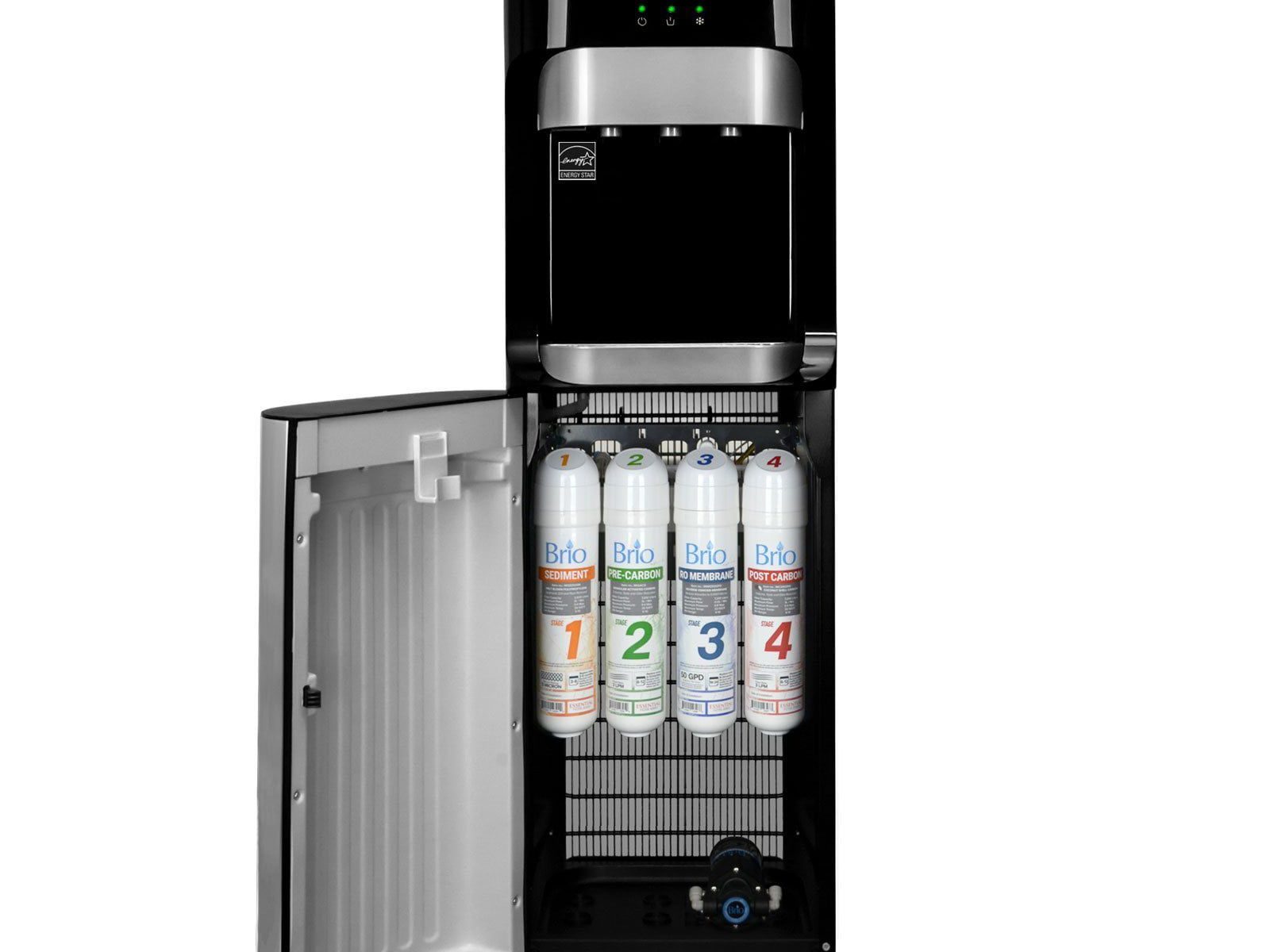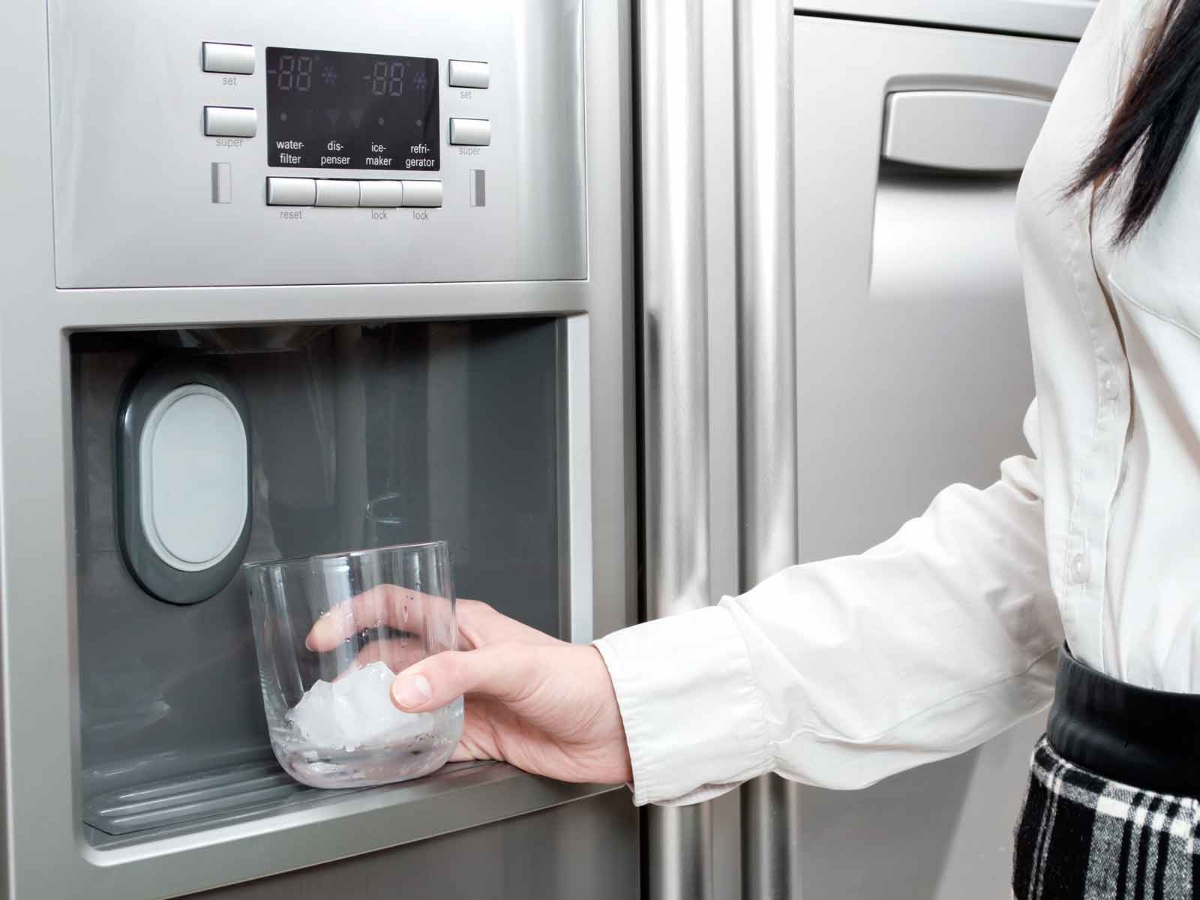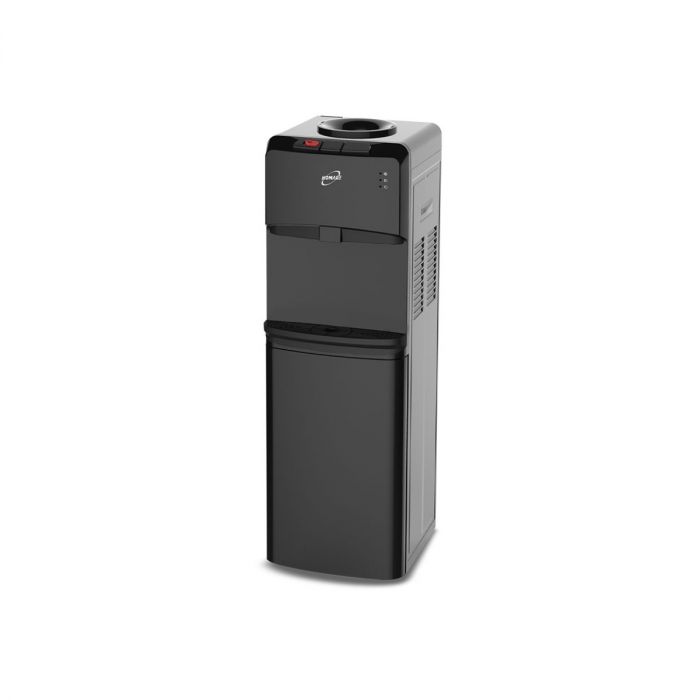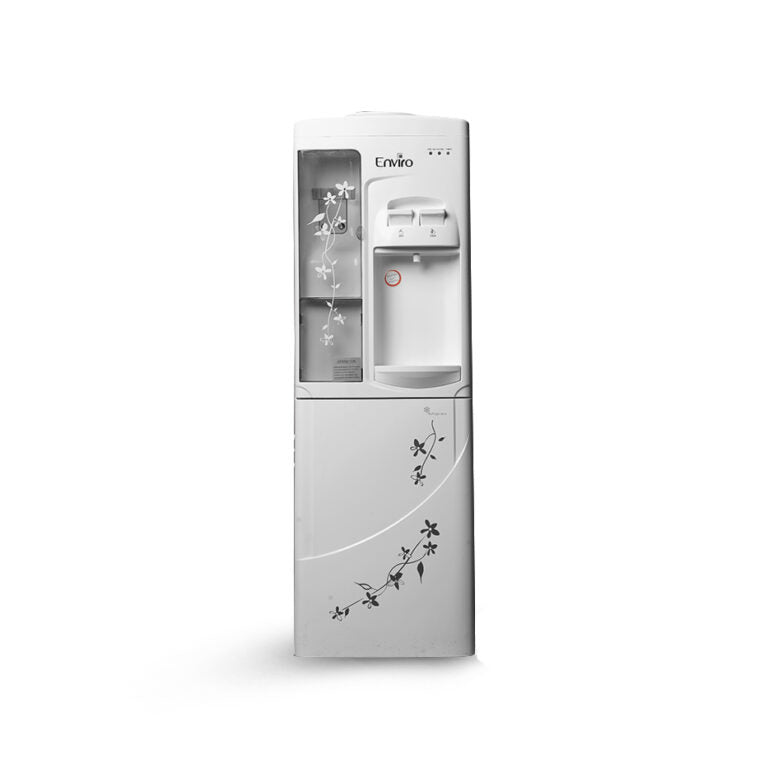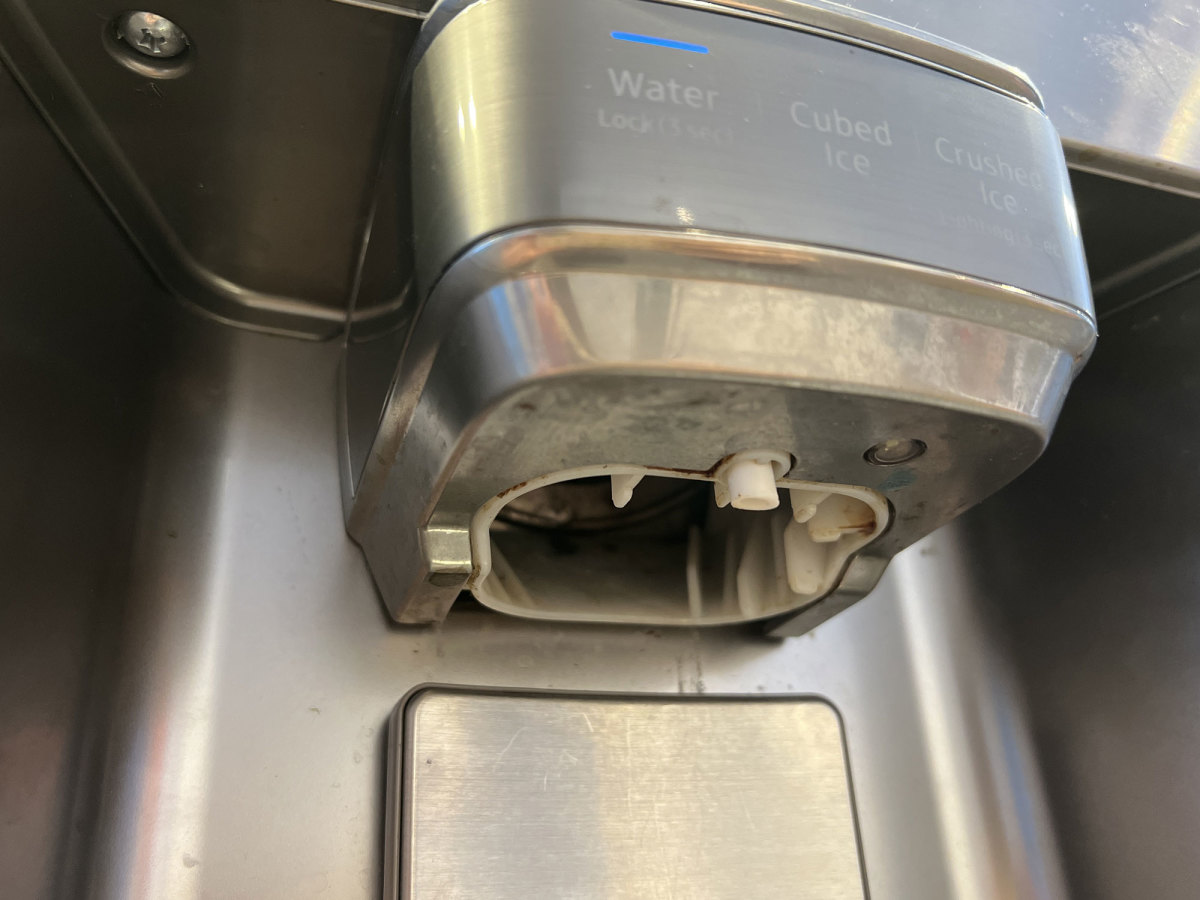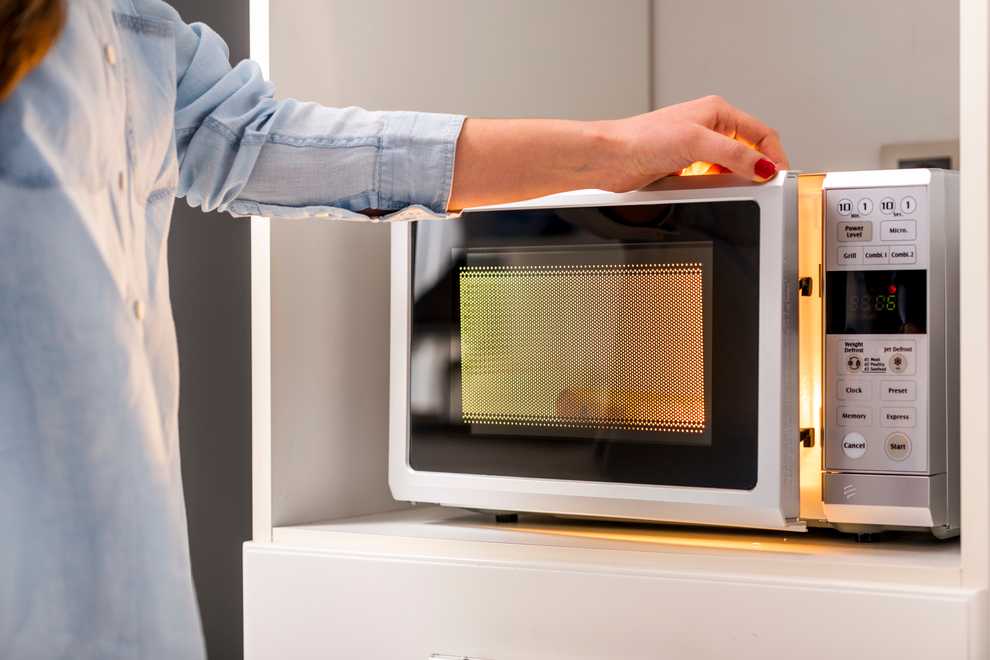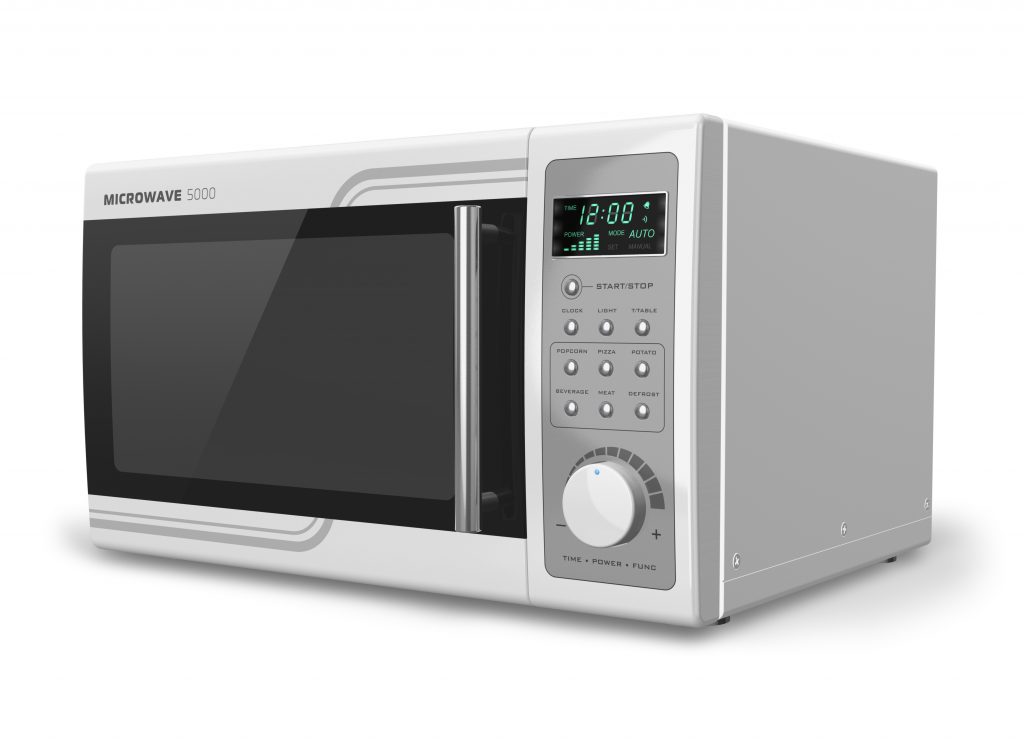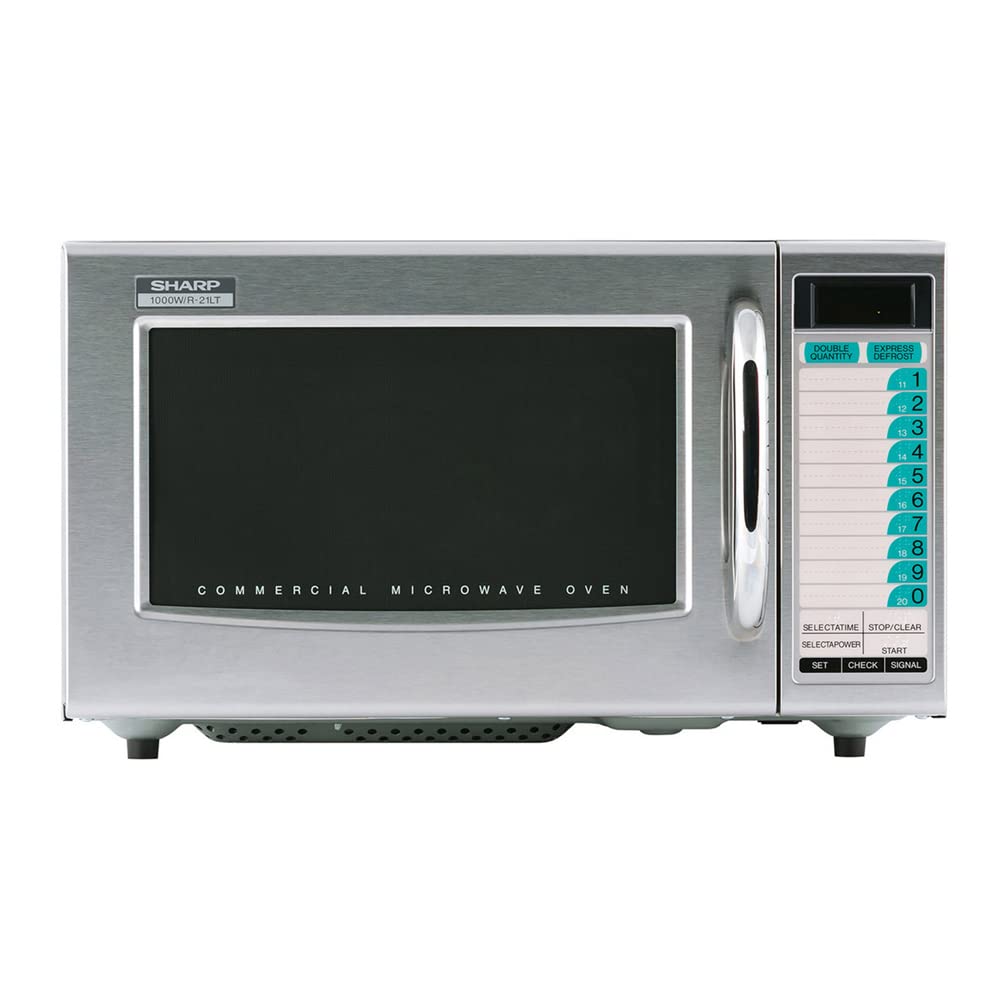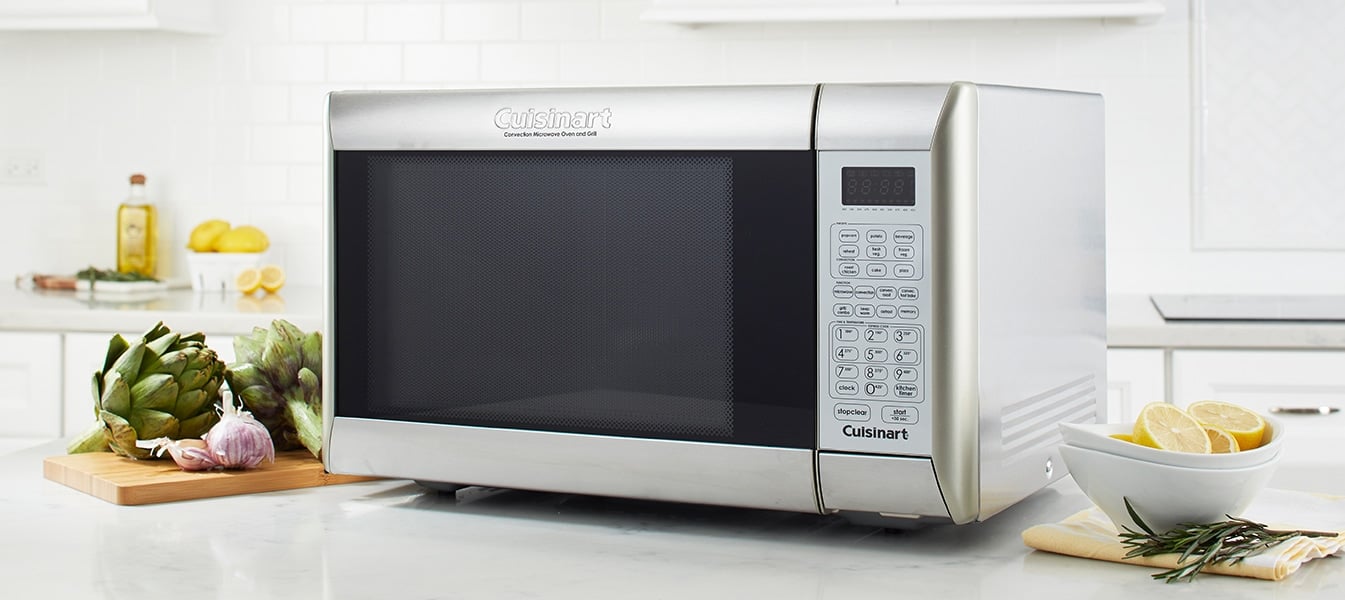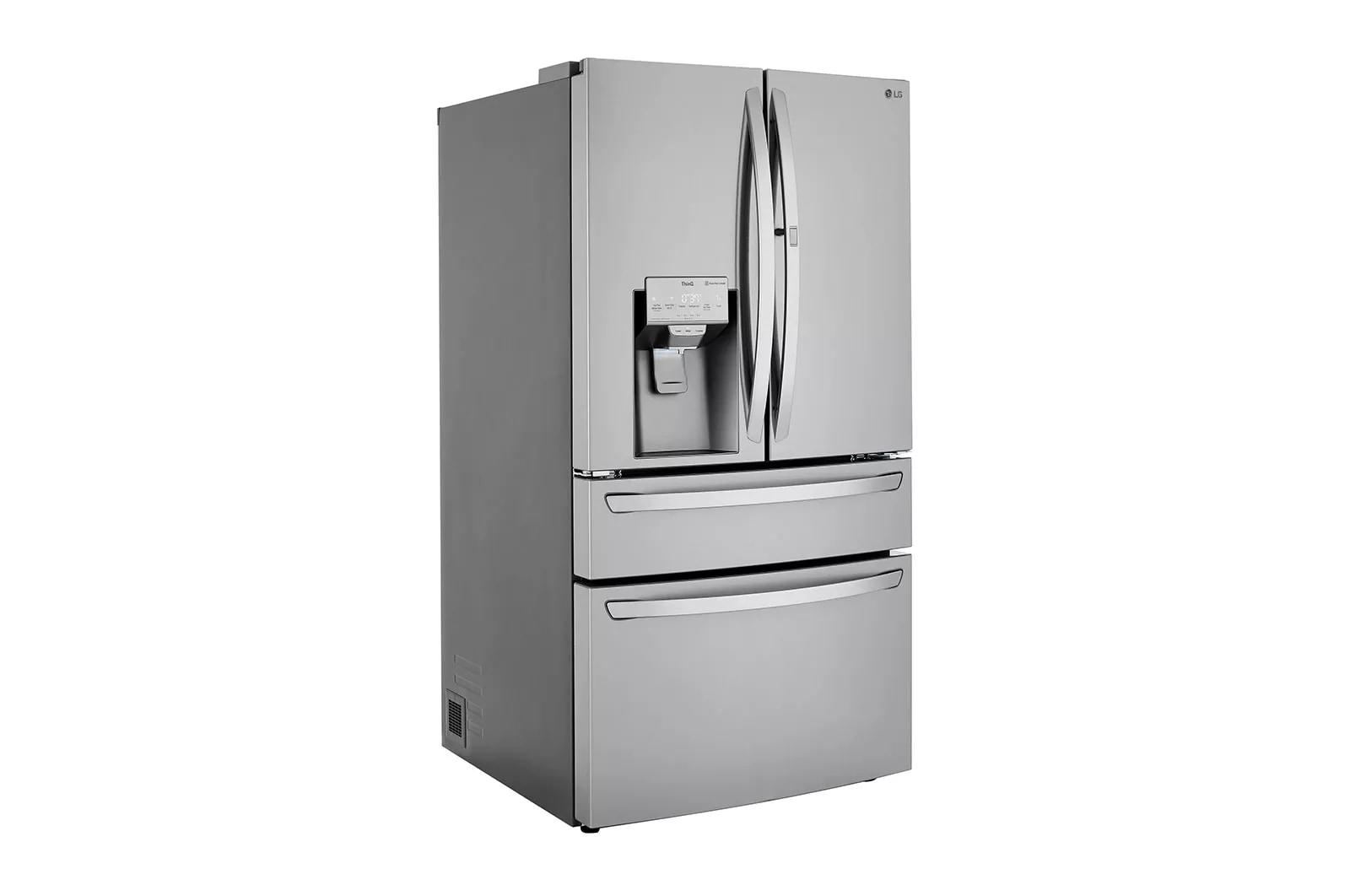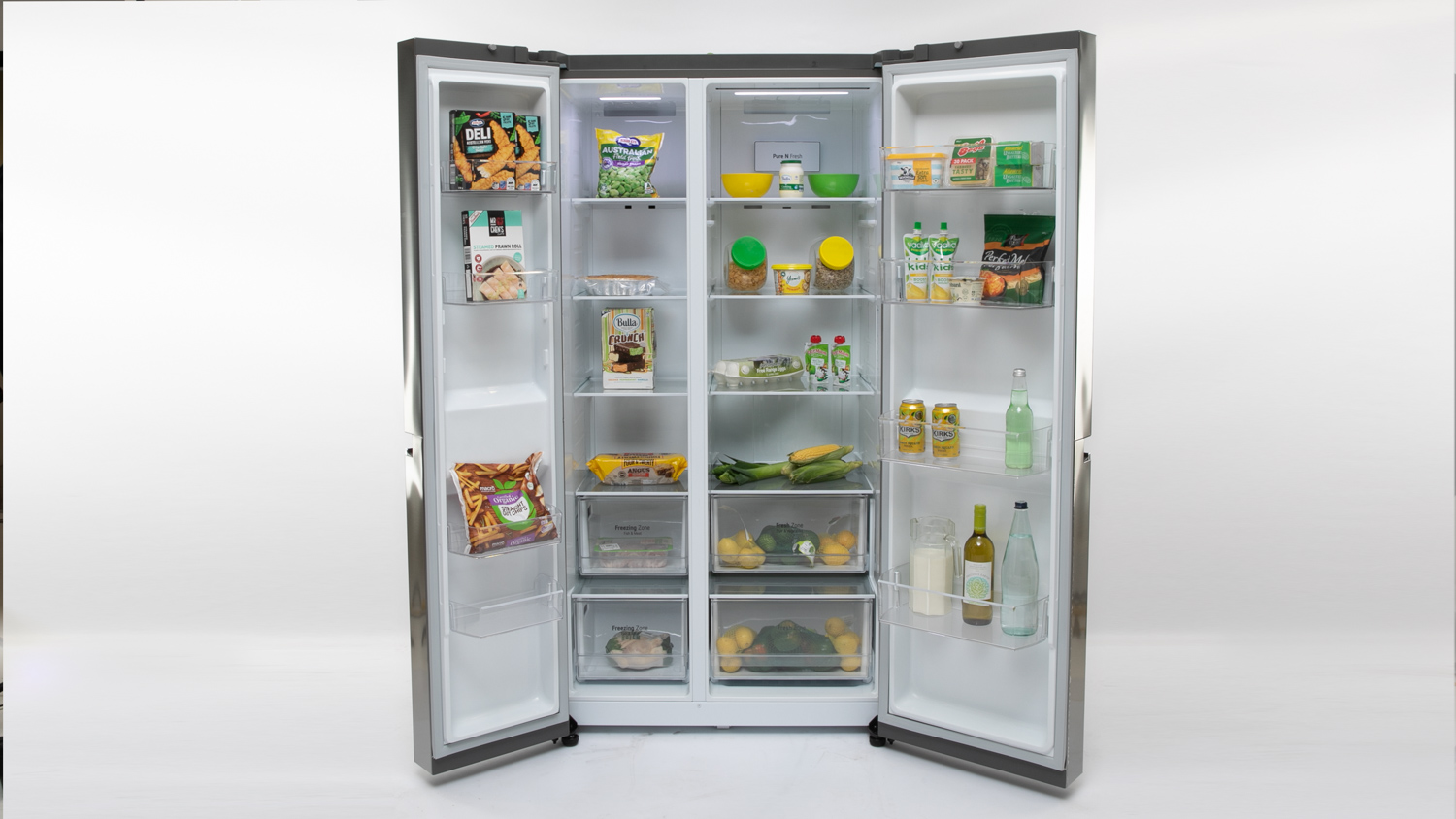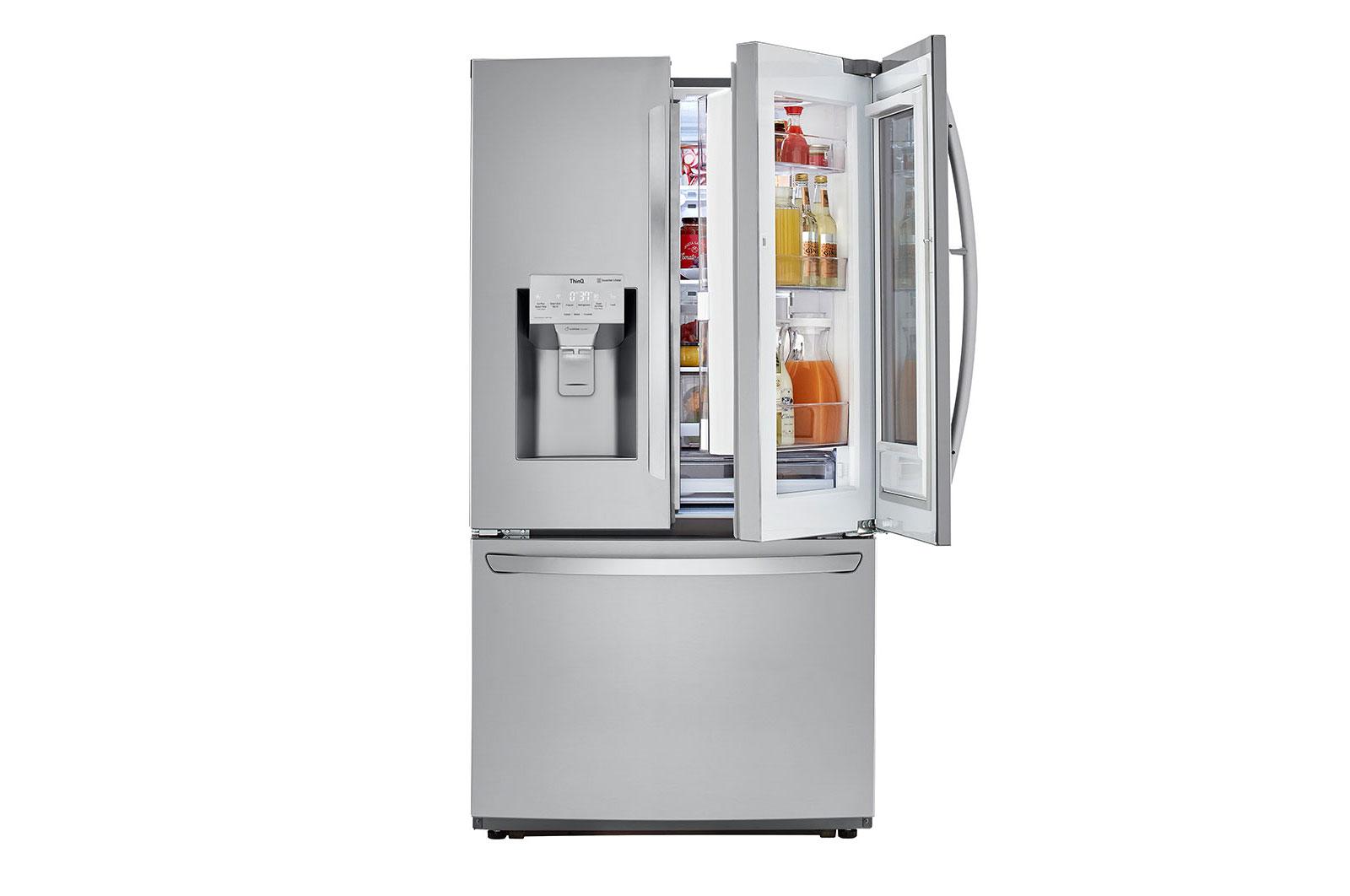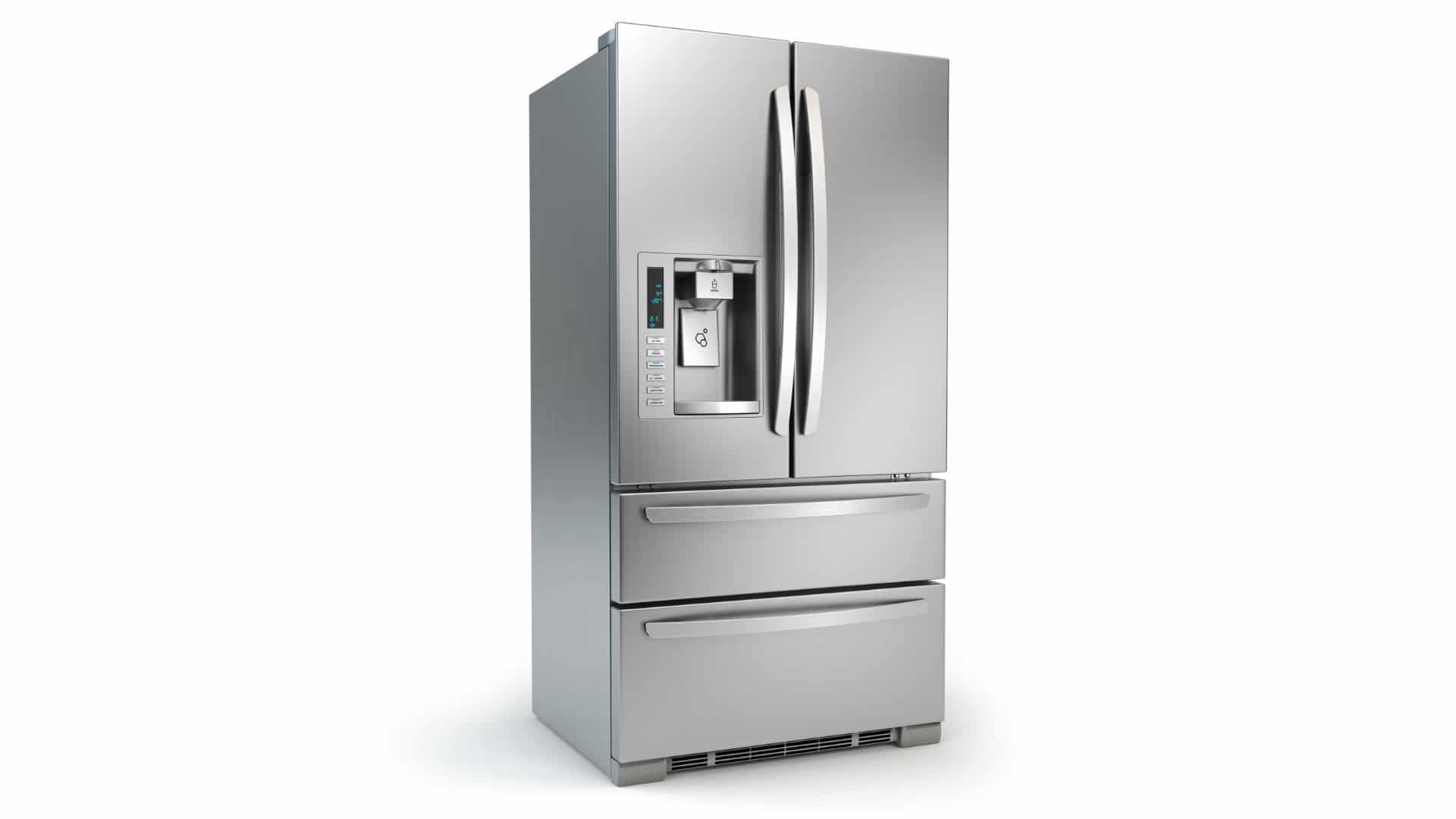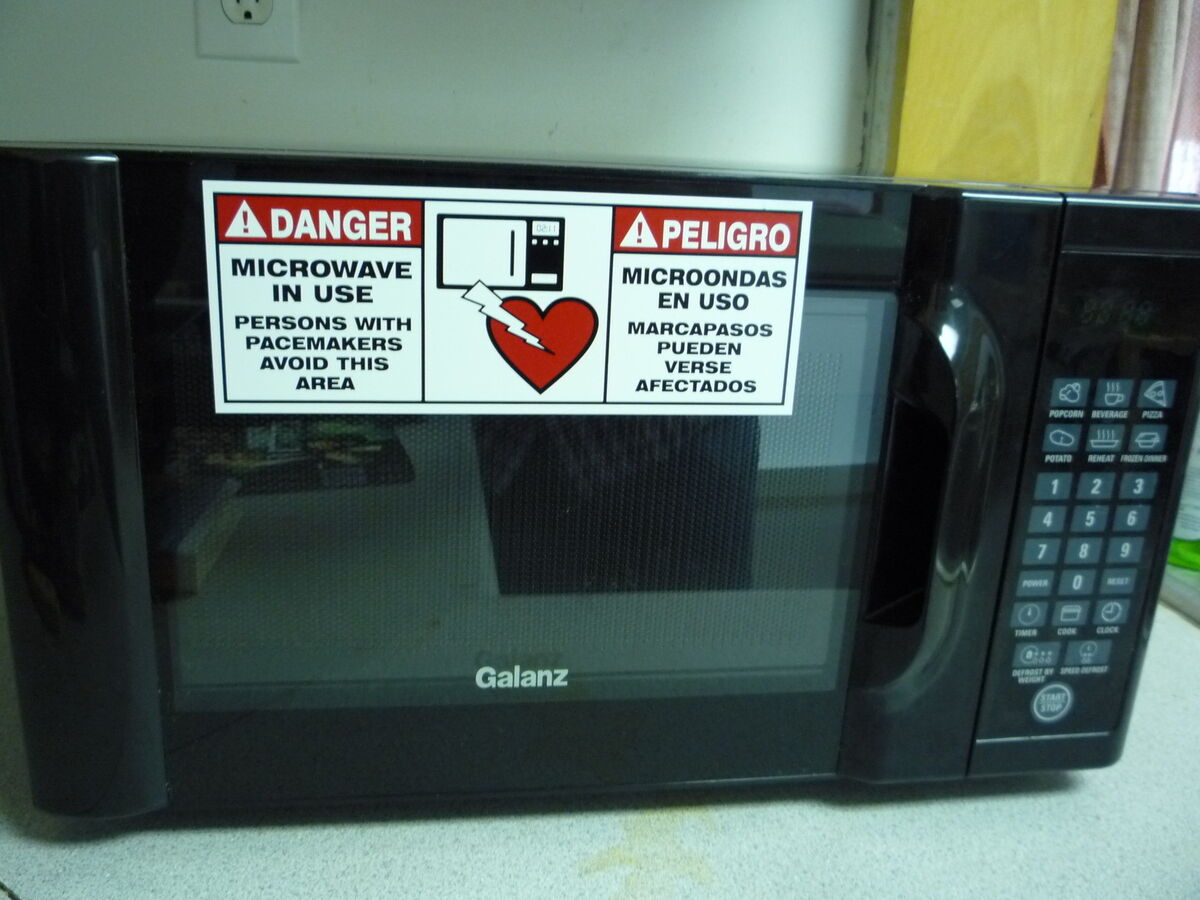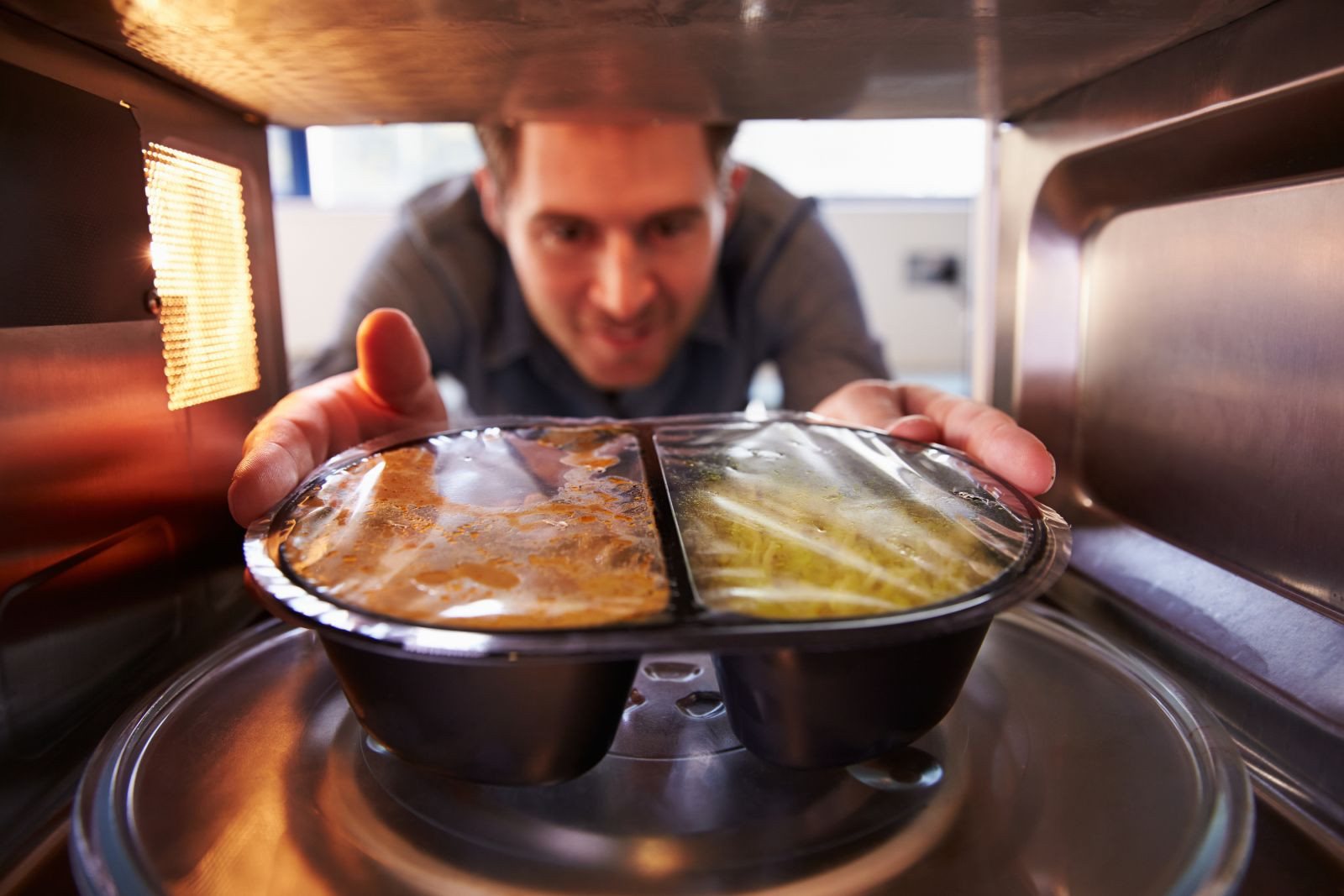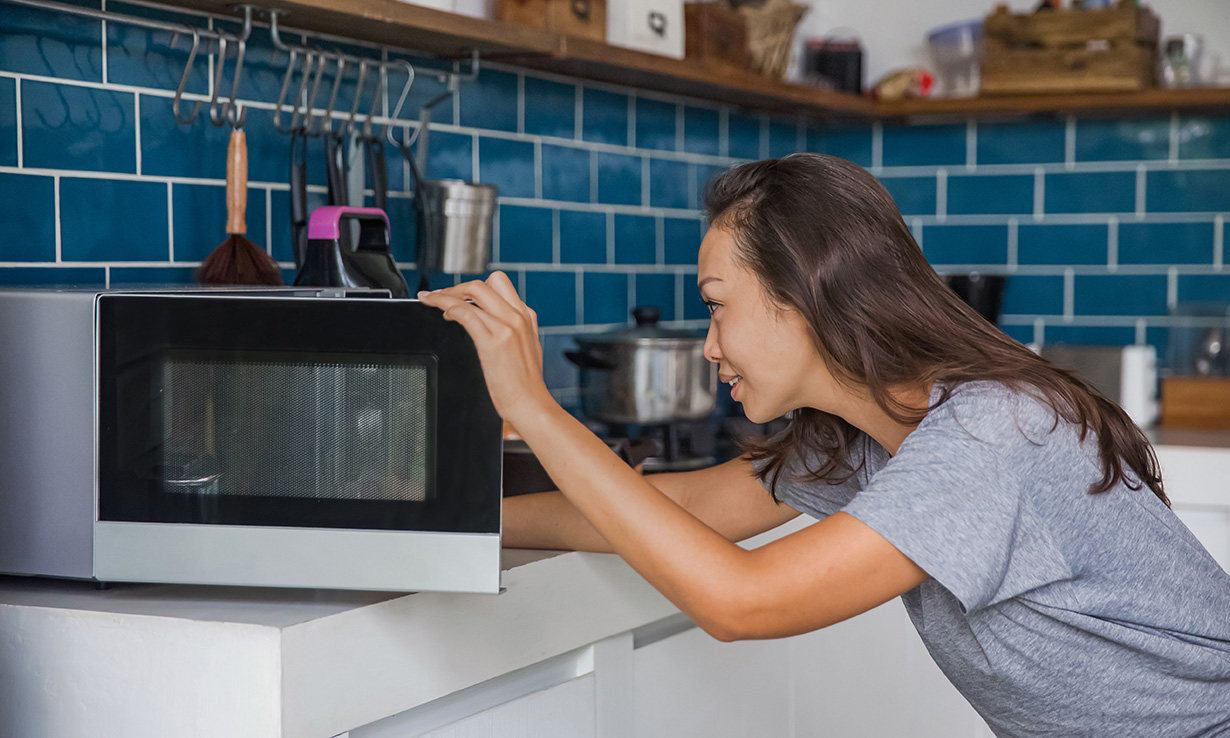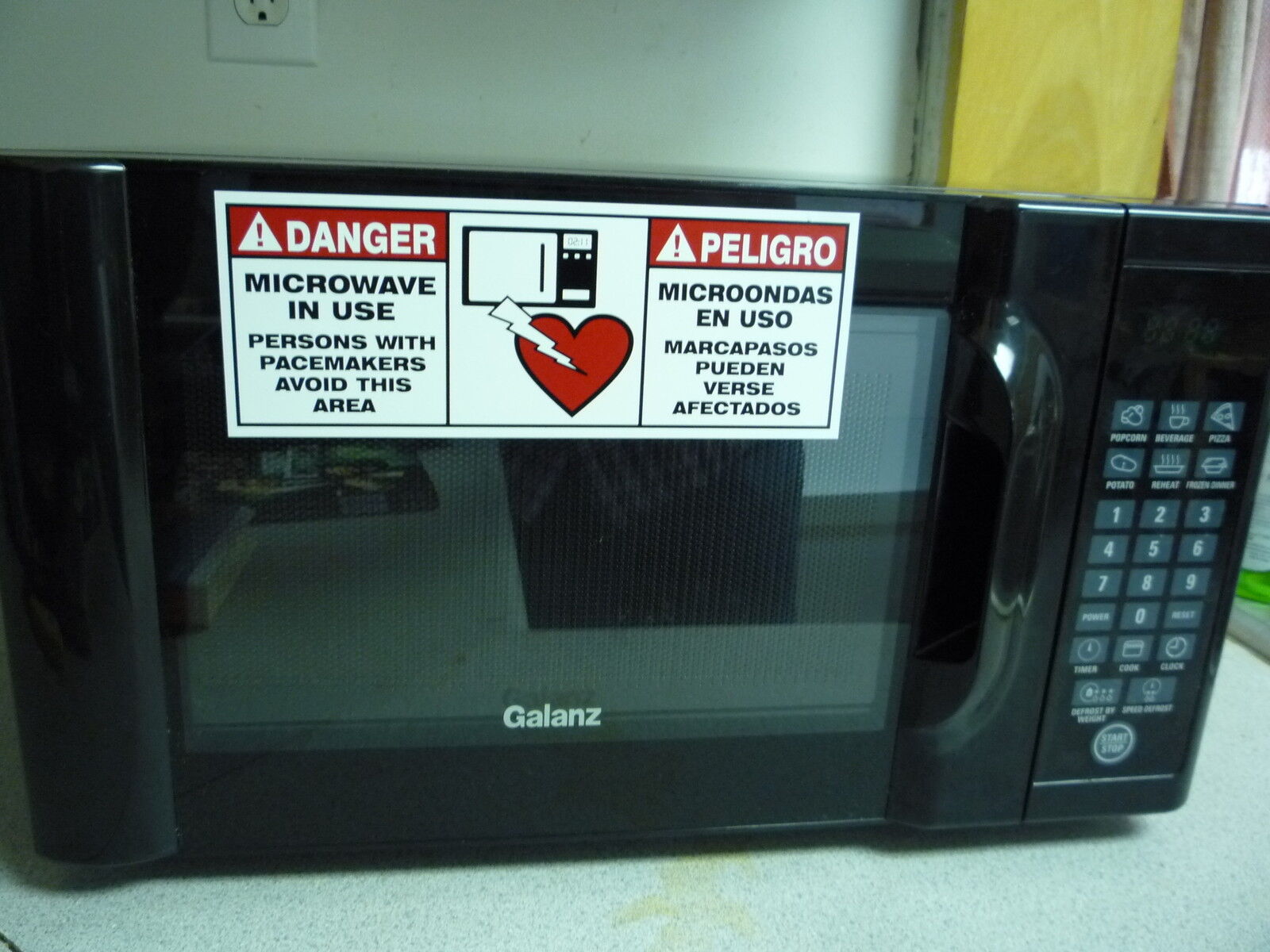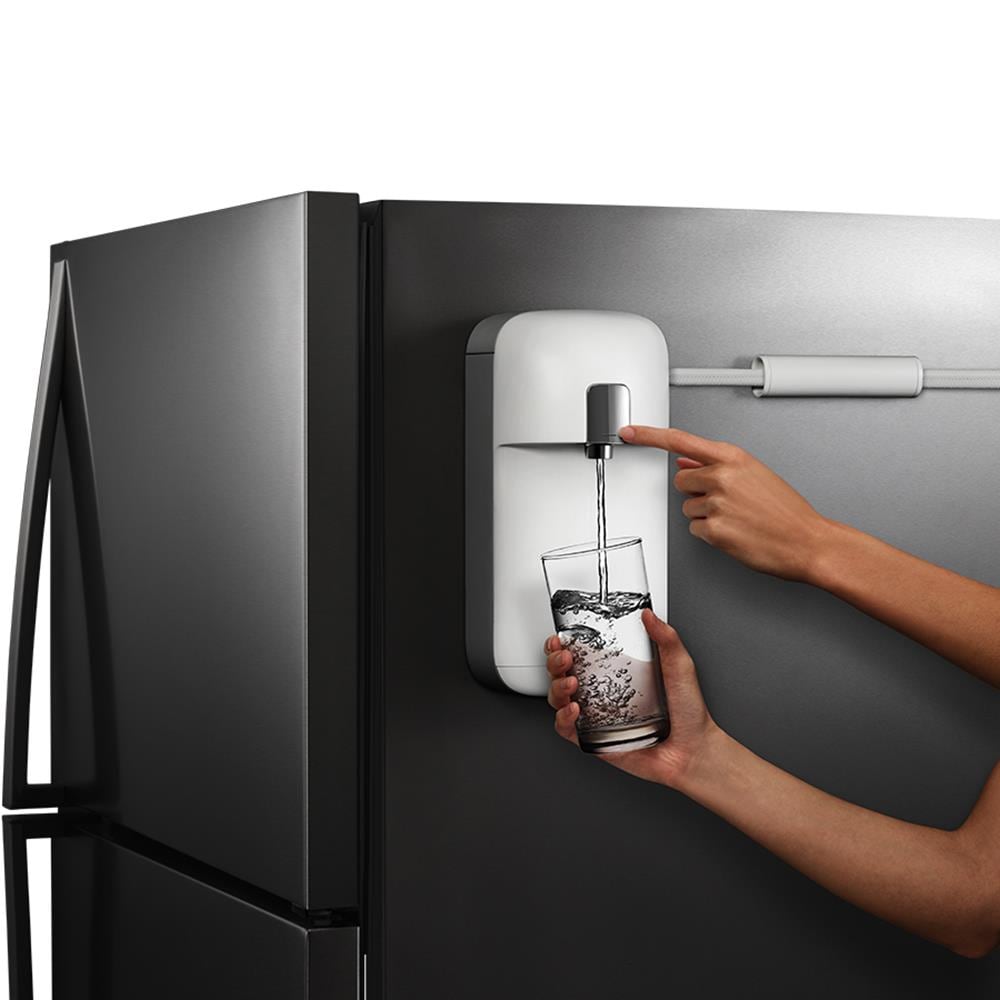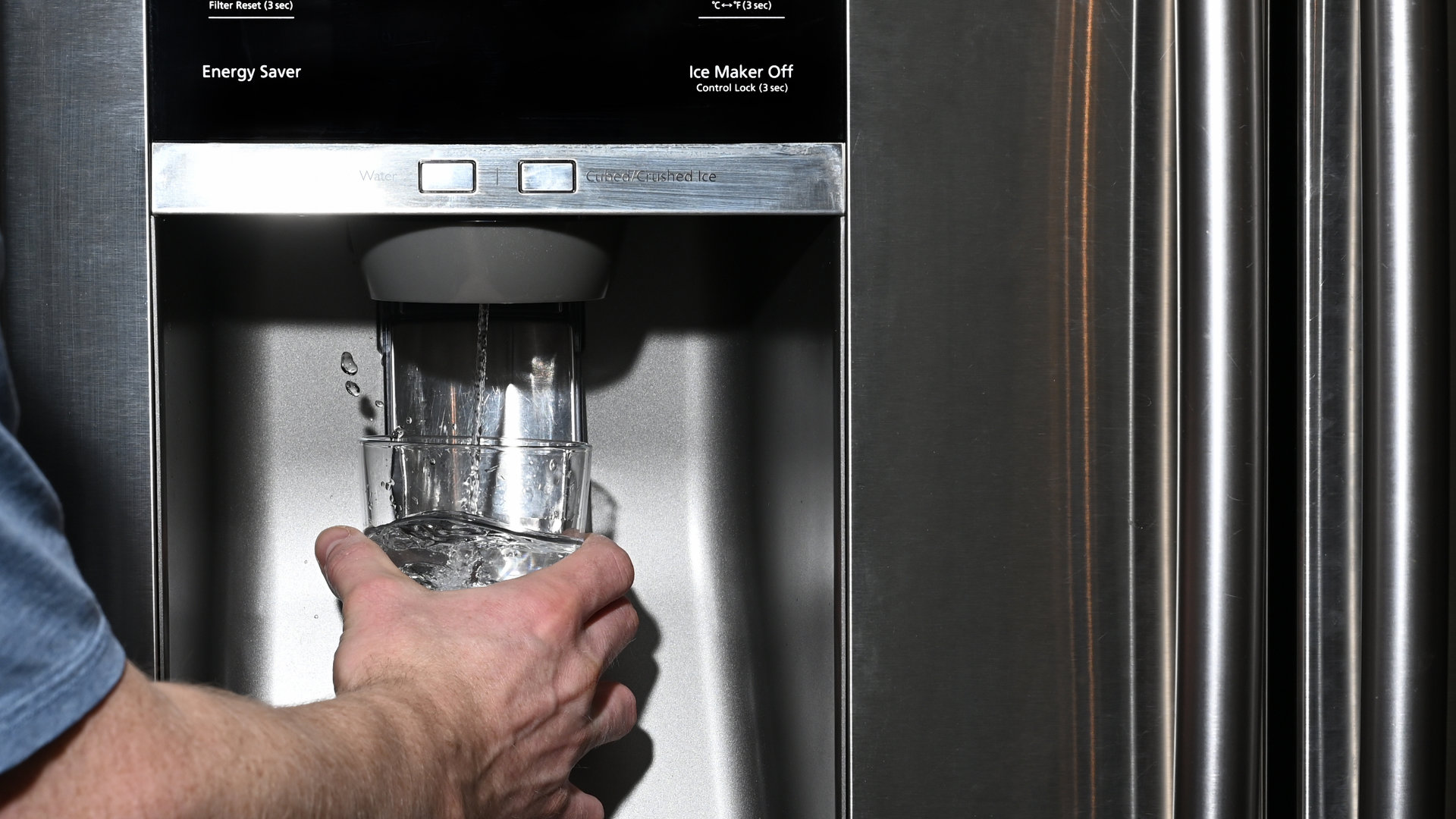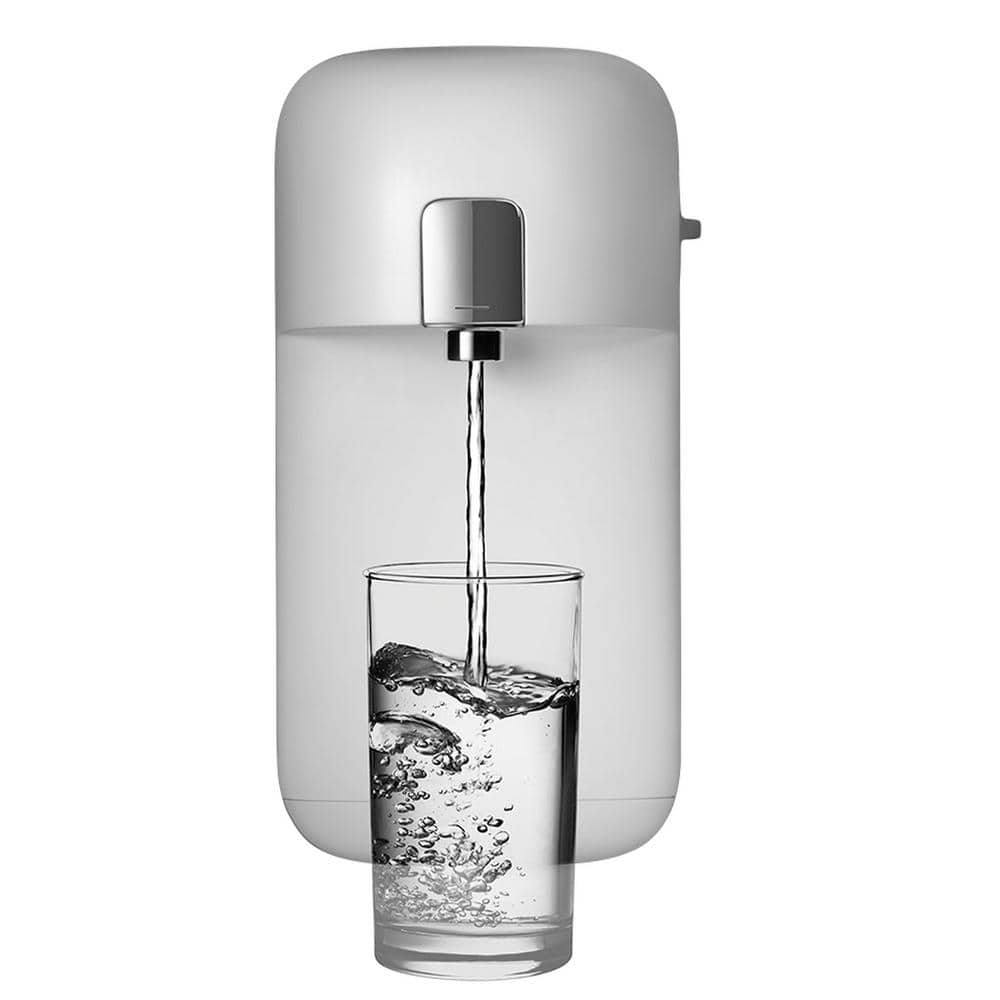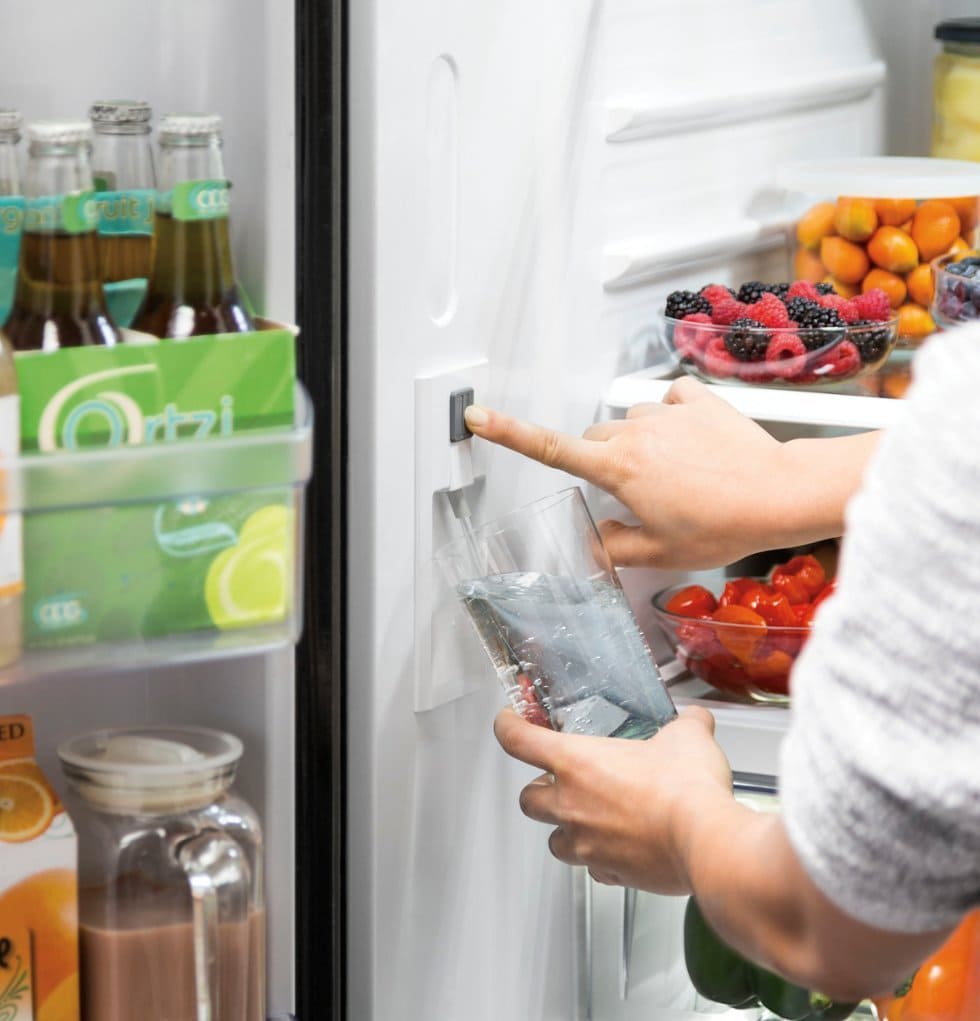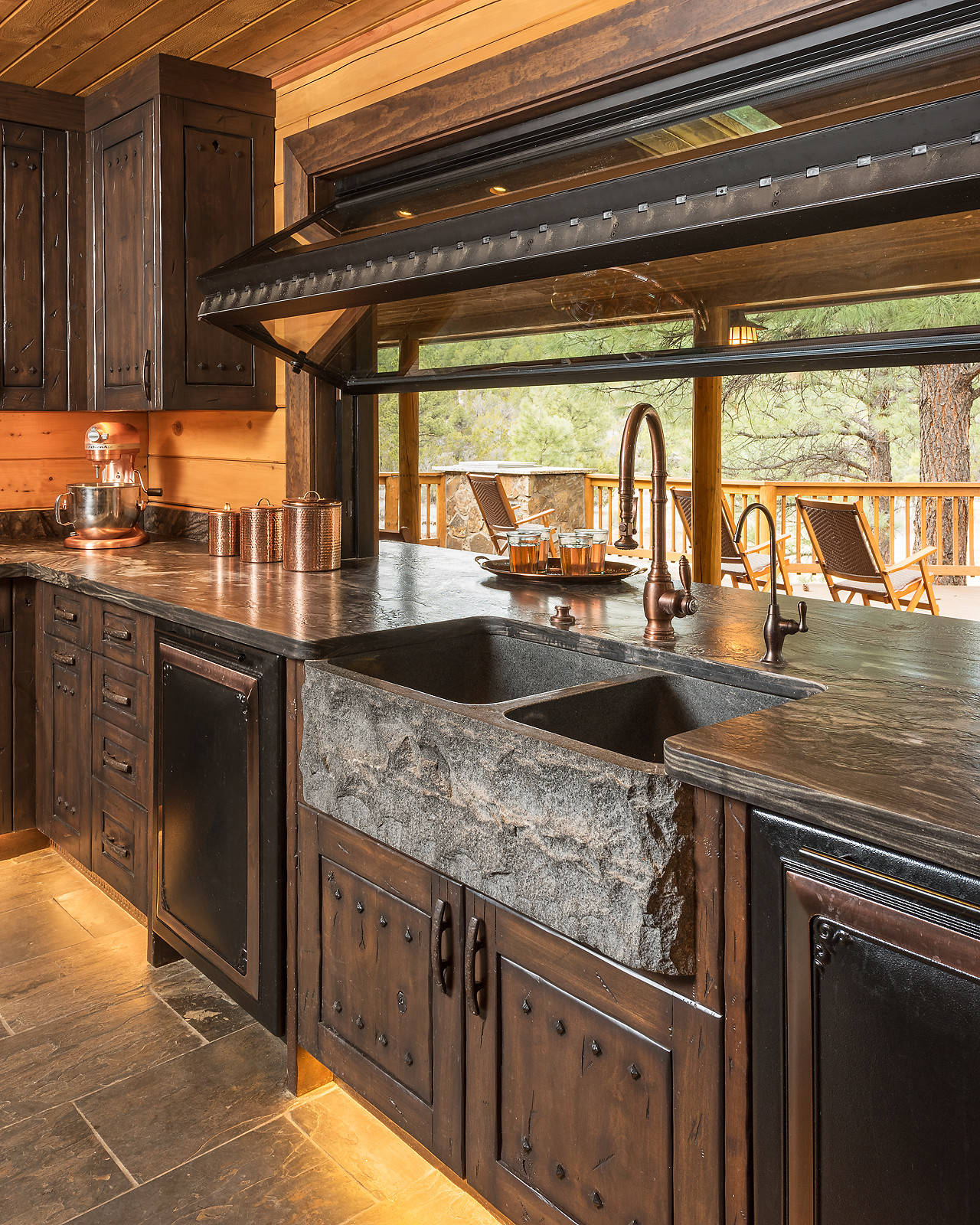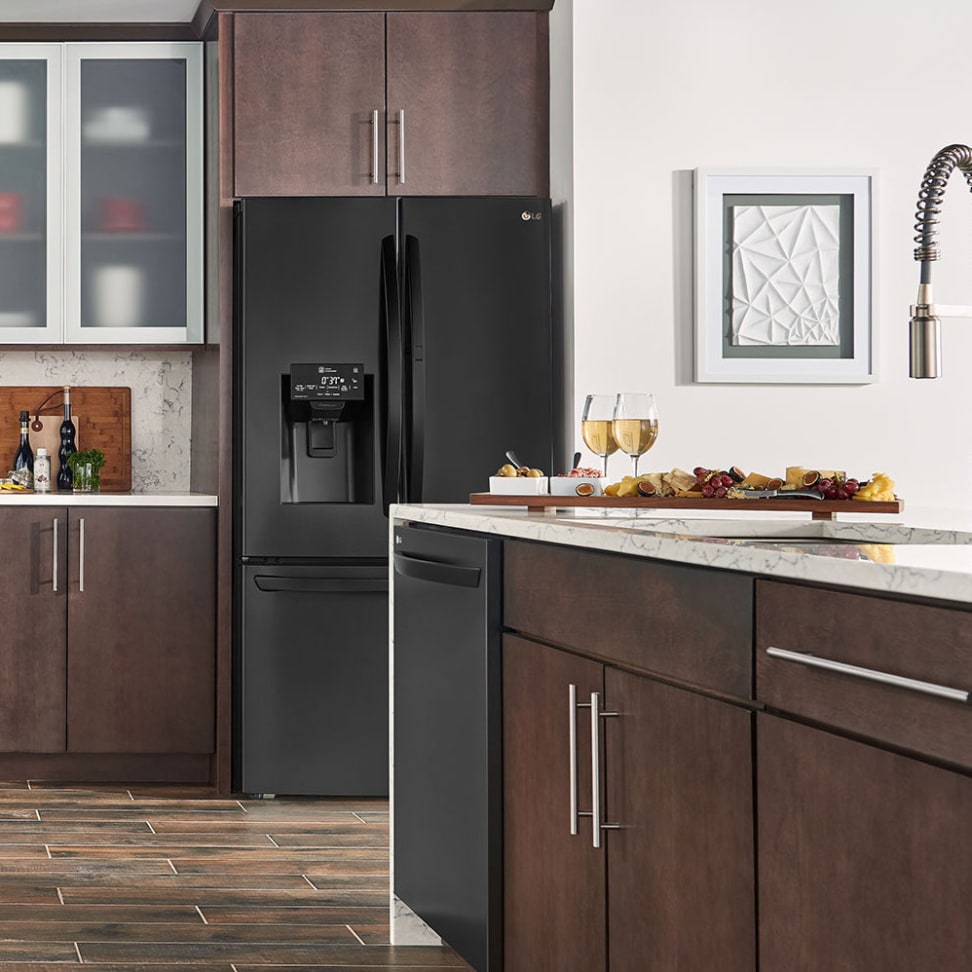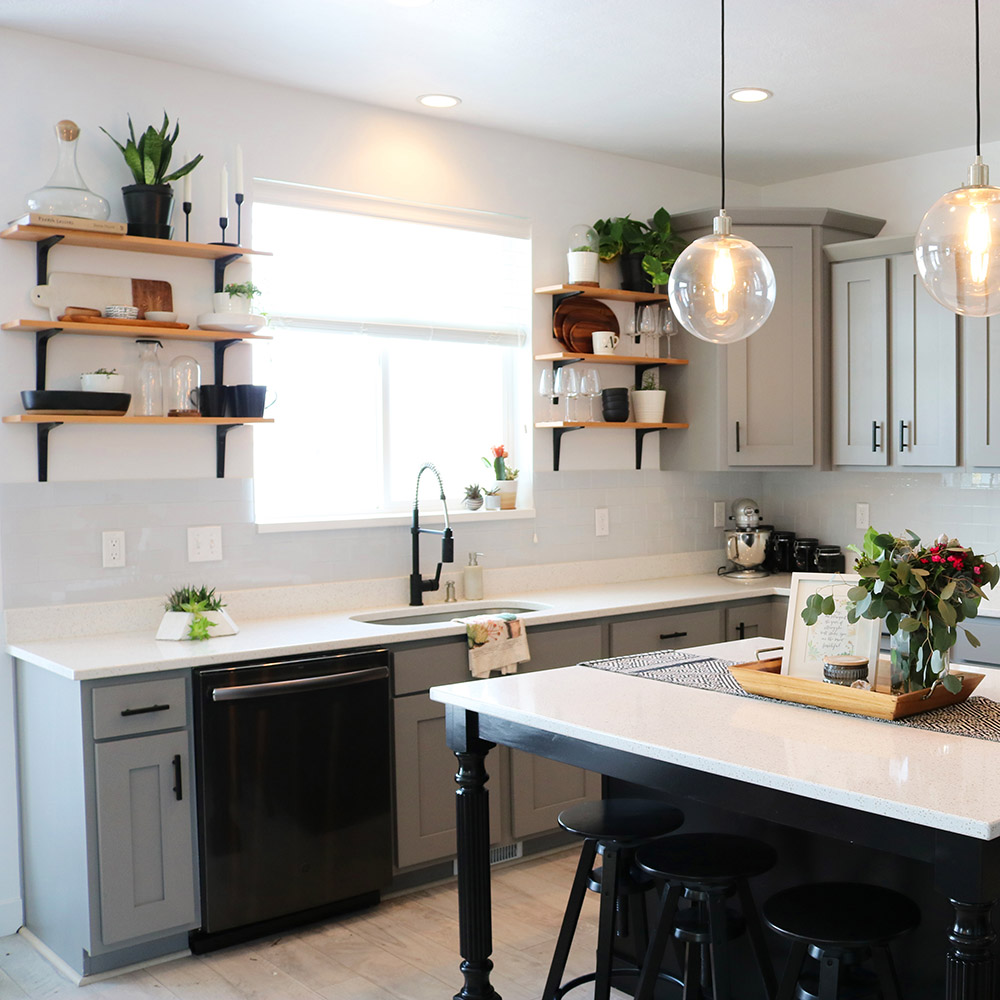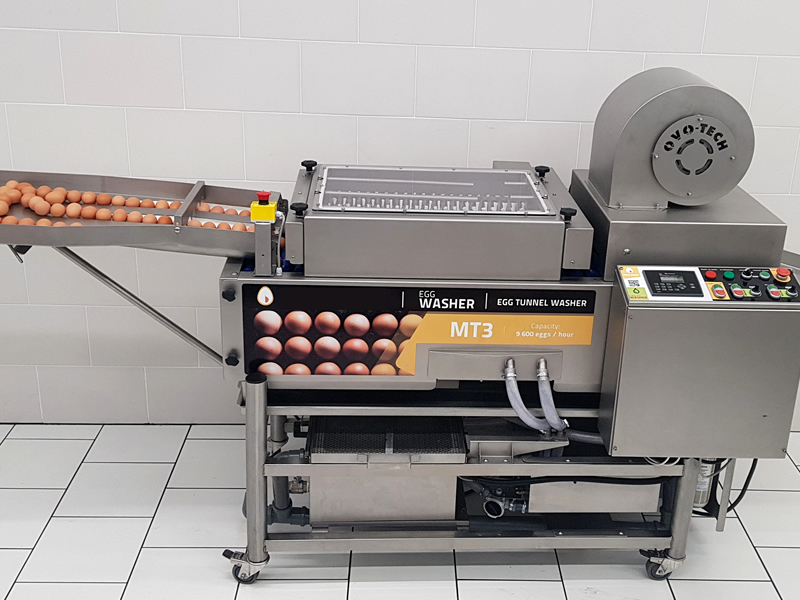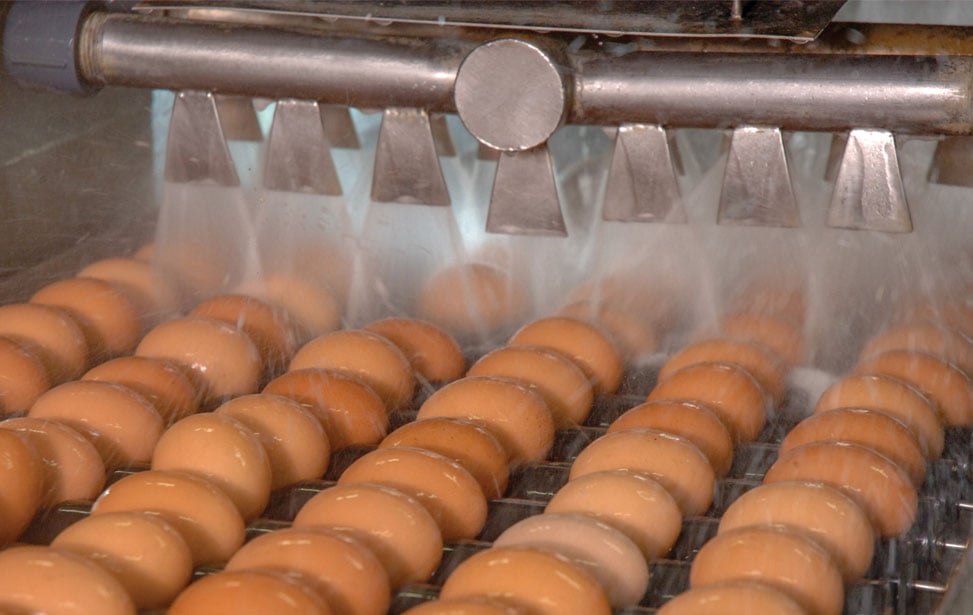What is the most common problems with lg refrigerators? LG, a renowned name in the world of home appliances, has carved out a reputation for producing high-quality, technologically advanced refrigerators. However, even the best-designed appliances can encounter issues over time, and LG refrigerators are no exception. Understanding the most common problems associated with LG refrigerators can help homeowners proactively address these challenges and maintain the optimal performance of their cooling appliances.
In this comprehensive guide, we’ll delve into the most frequently reported LG refrigerator problems, exploring the underlying causes and providing practical solutions to help you keep your LG fridge running smoothly. From ice buildup and temperature control issues to water leaks and compressor failures, we’ll equip you with the knowledge to diagnose and resolve these common refrigerator problems, ensuring your LG appliance continues to serve you with the reliability and efficiency you’ve come to expect.
Whether you’re a new LG refrigerator owner or have been enjoying the brand’s products for years, this article will empower you to take control of your appliance’s maintenance and troubleshooting, ultimately extending the lifespan and performance of your LG refrigerator.
What is the most common problems with lg refrigerators?Addressing Ice Buildup in LG Refrigerators
One of the most commonly reported problems with LG refrigerators is the issue of excessive ice buildup, which can have a detrimental impact on the appliance’s efficiency and performance.
Understanding the Causes of Ice Buildup
Investigating the underlying reasons for ice accumulation in your LG refrigerator is the first step in addressing this common problem.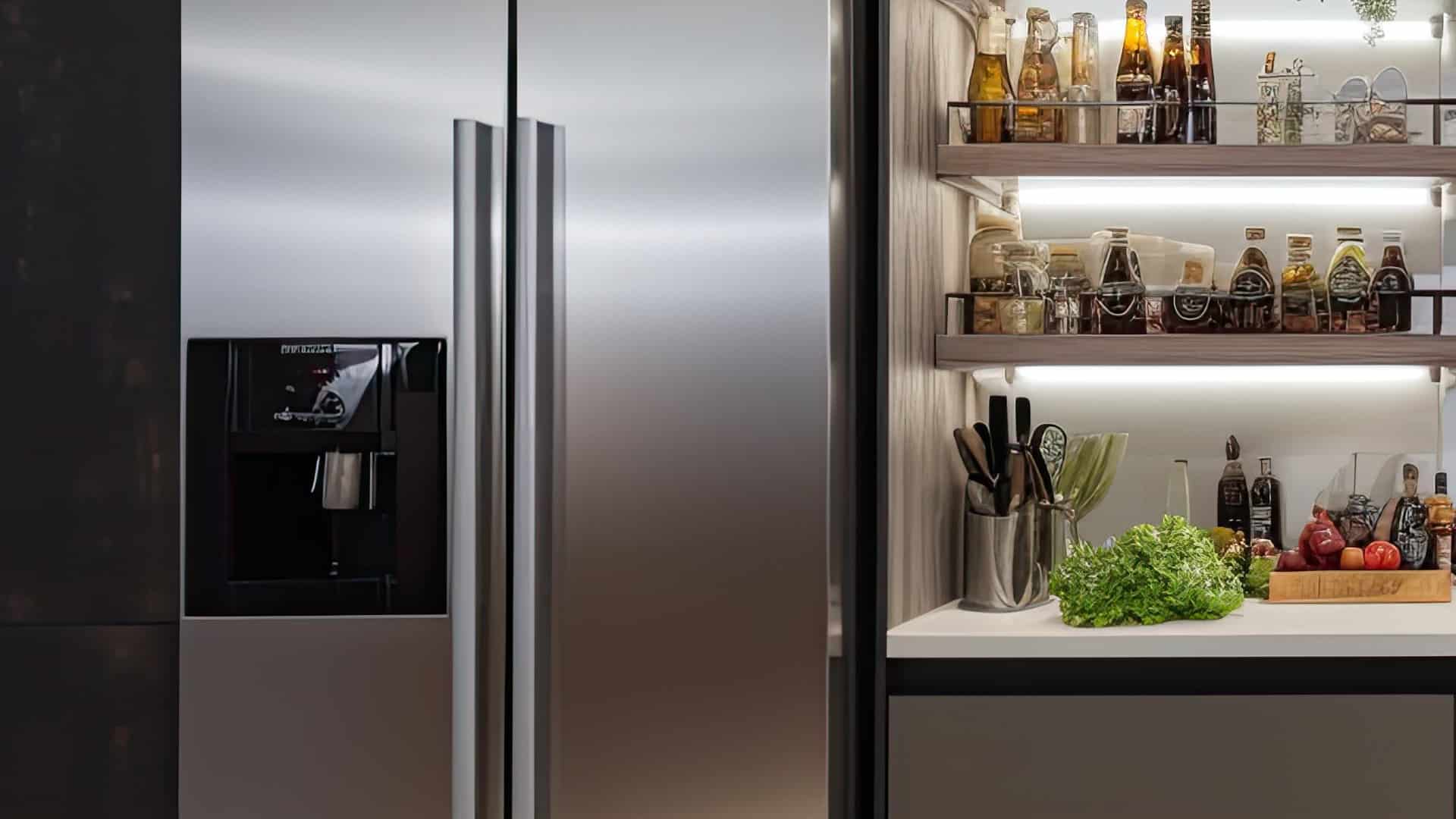
Faulty Defrost System
A malfunctioning defrost system can fail to properly melt and remove excess frost, leading to the gradual buildup of ice in the freezer compartment.
Improper Door Sealing
Damaged or poorly fitting door seals can allow warm, moist air to enter the refrigerator, contributing to the formation of ice on the interior surfaces.
Strategies for Resolving Ice Buildup
Once the root cause of the ice buildup has been identified, you can take targeted steps to address the problem and restore your LG refrigerator to optimal performance.
Checking and Replacing the Defrost System
Inspect the defrost system components, such as the defrost timer, heater, and thermostat, and replace any faulty parts to ensure proper ice removal.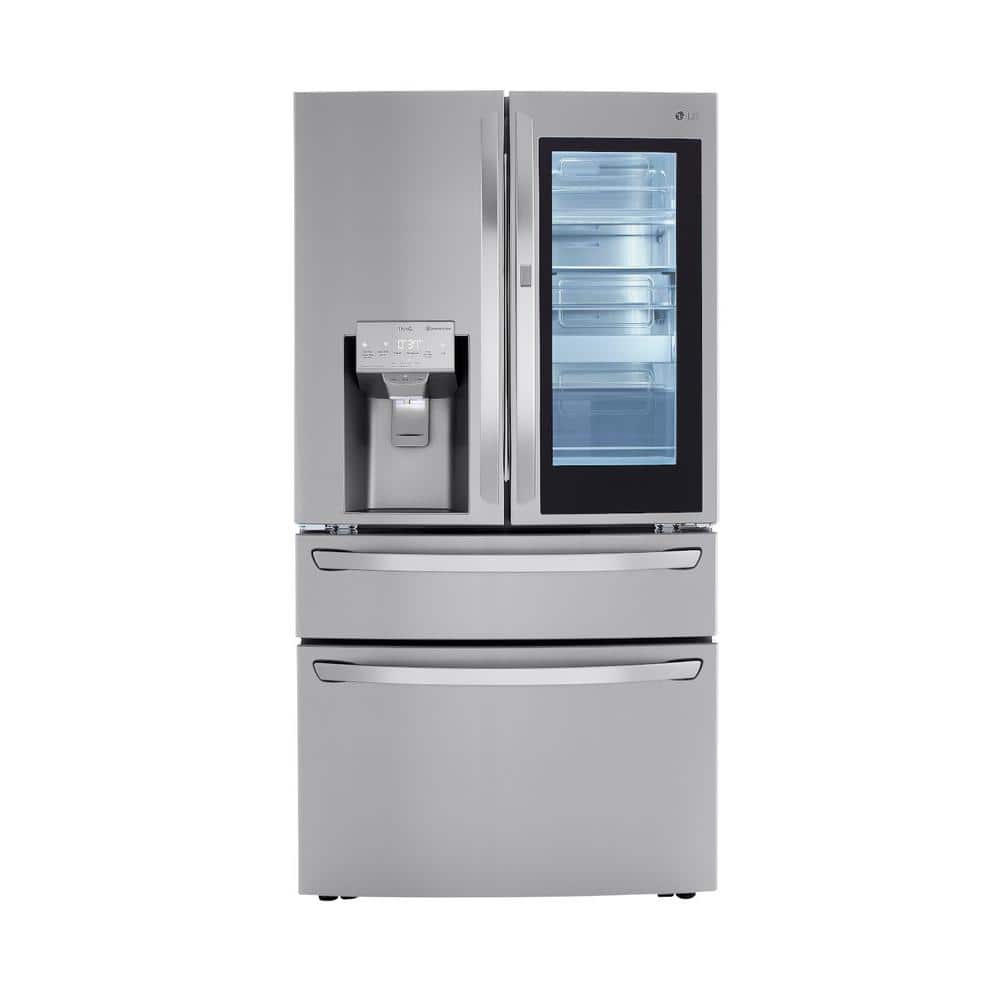
Ensuring Proper Door Sealing
Carefully examine the door seals for any cracks, tears, or gaps, and replace them if necessary to maintain a tight, airtight seal.
What is the most common problems with lg refrigerators?Troubleshooting Temperature Control Issues in LG Refrigerators
Maintaining consistent and accurate temperature control is essential for the proper functioning of a refrigerator, and LG refrigerators are no exception. When temperature control problems arise, it’s important to identify and address the underlying causes.
Diagnosing Temperature Control Issues
Recognizing the signs of temperature control problems is the first step in resolving this common LG refrigerator issue.
Inconsistent or Fluctuating Temperatures
If the temperatures in your LG refrigerator are not maintaining the desired settings, it may indicate a problem with the temperature control system.
Inability to Reach Desired Temperatures
If the refrigerator or freezer compartments are unable to reach the target temperatures, there may be a more serious underlying issue.
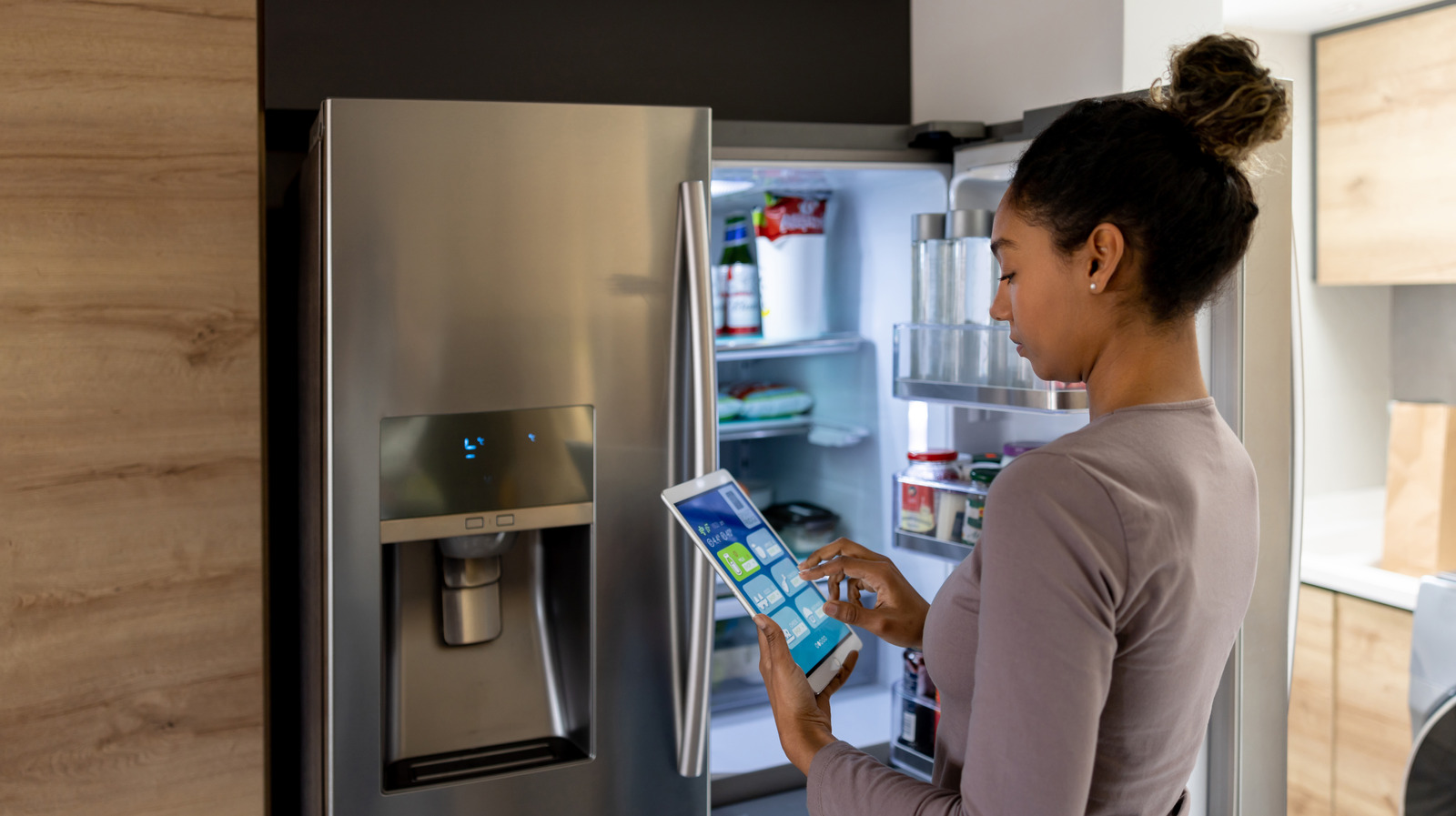
Troubleshooting Temperature Control Problems
Once you’ve identified the temperature control problem, you can take specific steps to diagnose and resolve the issue.
Checking the Thermistor
The thermistor, a temperature-sensing device, plays a crucial role in the refrigerator’s temperature control. Ensure the thermistor is functioning correctly and properly connected.
Inspecting the Temperature Control Board
The temperature control board, or electronic control board, is responsible for regulating the refrigerator’s temperature. If the board is faulty, it may need to be replaced.
Verifying the Condenser Coils
Dirty or obstructed condenser coils can impede the refrigerator’s ability to effectively cool the interior, leading to temperature control problems.
Addressing Water Leaks in LG Refrigerators
Water leaks in LG refrigerators can be a frustrating and potentially damaging issue, requiring prompt attention and resolution.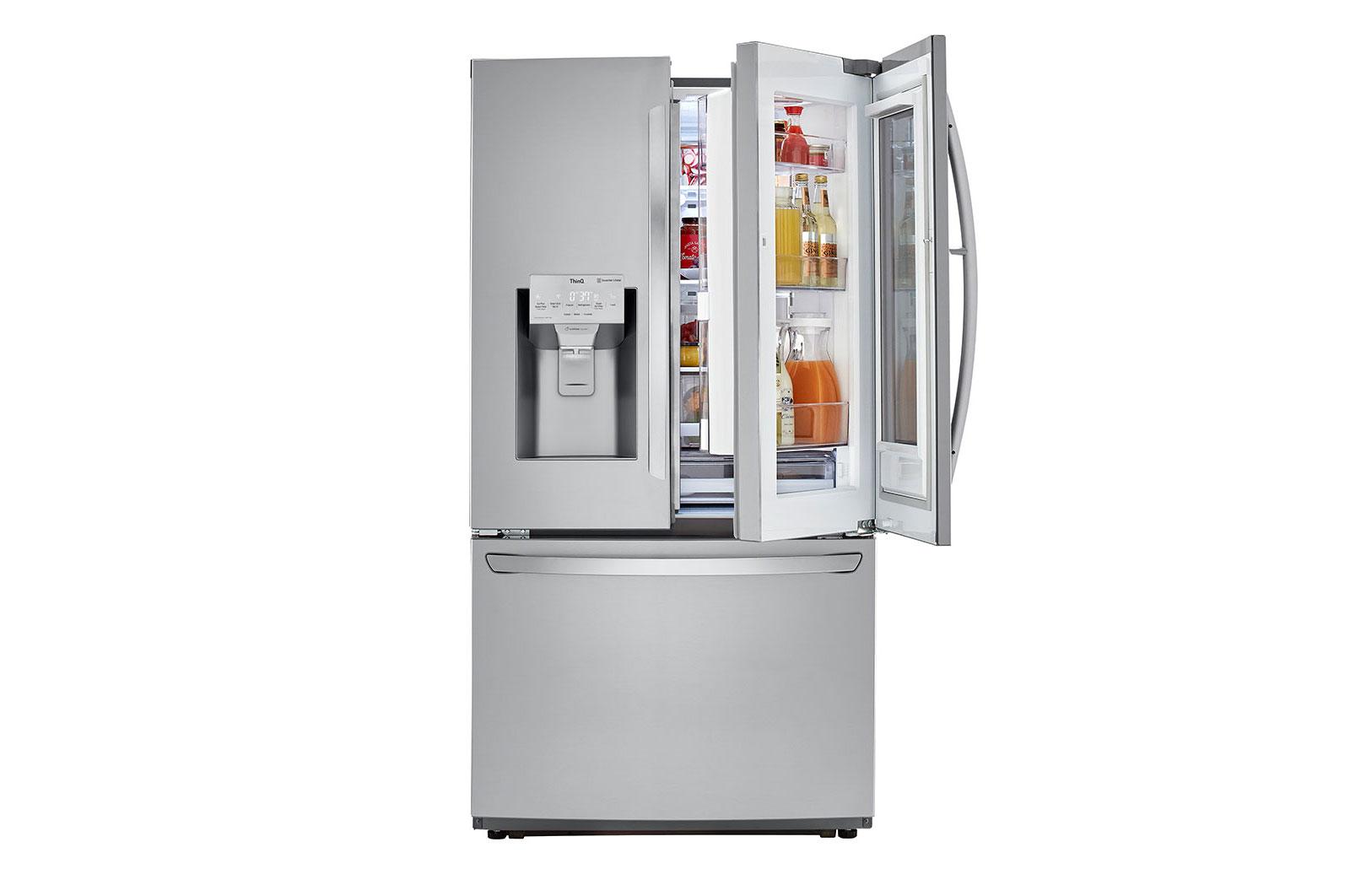
Identifying the Source of the Leak
Determining the origin of the water leak is essential for implementing the appropriate corrective measures.
Leaks from the Water Dispenser or Ice Maker
If the water leak is originating from the water dispenser or ice maker, the issue may be related to a faulty water line or a problem with the water valve.
Condensation-Related Leaks
Excessive condensation buildup can lead to water dripping from the refrigerator’s interior or exterior surfaces.
Resolving Water Leaks in LG Refrigerators
Once the source of the leak has been identified, you can take the necessary steps to address the problem and prevent further water damage.
Repairing or Replacing Water Lines and Valves
If the leak is related to the water dispenser or ice maker, inspect the water lines and valves for any cracks, leaks, or blockages, and replace them as needed.
Addressing Condensation-Related Issues
Ensure proper airflow and insulation within the refrigerator, and consider adjusting the temperature settings to mitigate excessive condensation buildup.
Troubleshooting Compressor Failures in LG Refrigerators
The refrigerator compressor is a critical component responsible for circulating refrigerant and maintaining the desired temperatures within the appliance. When the compressor fails, it can lead to a complete breakdown of the refrigerator’s cooling system.
Identifying Compressor-Related Issues
Recognizing the signs of a malfunctioning compressor is the first step in addressing this serious LG refrigerator problem.
Unusual Noises or Vibrations
If you notice unusual noises, such as grinding or clicking, coming from the compressor, it may indicate a problem that requires attention.
Inability to Maintain Proper Temperatures
If the refrigerator or freezer compartments are unable to reach or maintain the desired temperatures, a compressor issue may be the underlying cause.
Resolving Compressor Failures
When faced with a compressor-related problem, it’s essential to take prompt action to diagnose and resolve the issue to prevent further damage to your LG refrigerator.
Inspecting the Compressor and Electrical Connections
Carefully examine the compressor for any visible signs of damage or wear, and ensure that the electrical connections are secure and functioning correctly.
Replacing a Failed Compressor
If the compressor is determined to be faulty, it will need to be replaced by a qualified technician to restore the refrigerator’s cooling capabilities.
Preventive Maintenance and Tips for Extending the Lifespan of LG Refrigerators
Proactive maintenance and care can play a crucial role in preventing common problems and extending the overall lifespan of your LG refrigerator.
Regular Cleaning and Maintenance
Establishing a routine cleaning and maintenance schedule can help keep your LG refrigerator in optimal condition.
Cleaning Condenser Coils
Regularly cleaning the refrigerator’s condenser coils can improve airflow and efficiency, reducing the strain on the compressor.
Checking and Replacing Filters
Replacing water filters and air filters as recommended can help maintain the refrigerator’s performance and prevent issues like water leaks or odors.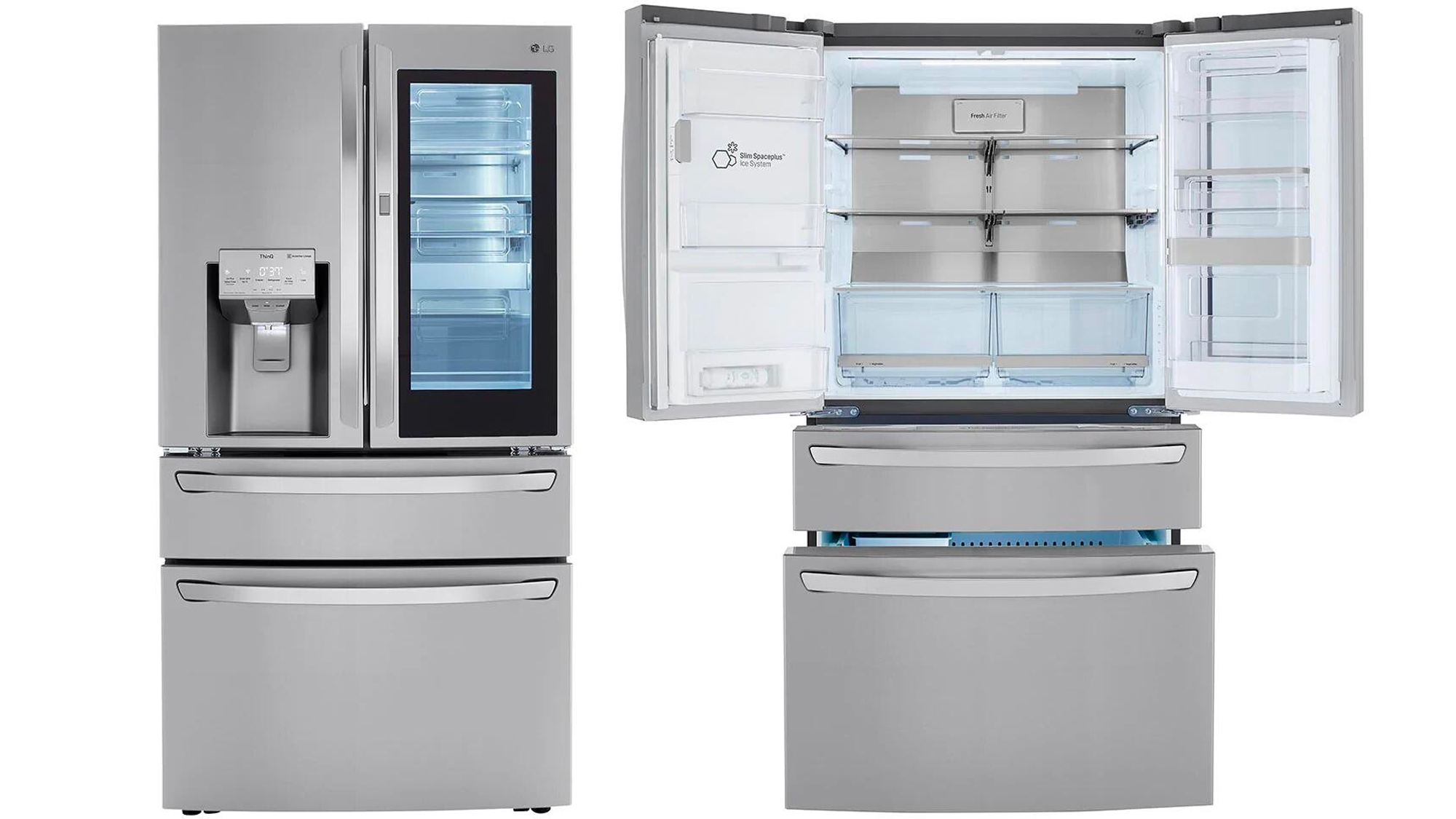
Monitoring and Adjusting Settings
Staying vigilant and making timely adjustments to your LG refrigerator’s settings can help avoid common problems.
Monitoring Temperature and Humidity Levels
Regularly checking the refrigerator and freezer temperatures, as well as the humidity levels, can help you identify any potential issues early on.
Adjusting Temperature and Defrost Settings
Ensuring the temperature and defrost settings are optimized for your specific needs can help prevent problems like ice buildup or inconsistent cooling.
Addressing Issues Promptly
When problems do arise, it’s essential to address them quickly to prevent further damage or escalation of the issue.
Consulting the Owner’s Manual
Referring to the owner’s manual can provide valuable insights and troubleshooting guidance for resolving LG refrigerator problems.
Seeking Professional Assistance
For more complex or persistent issues, don’t hesitate to contact a qualified appliance repair technician who can diagnose and resolve the problem efficiently.
Conclusion: Mastering the Most Common LG Refrigerator Problems for Optimal Performance
LG refrigerators, known for their innovative features and reliable performance, can still encounter common issues that require attention and resolution. By understanding the most frequently reported problems, such as ice buildup, temperature control issues, water leaks, and compressor failures, you can proactively address these challenges and maintain the optimal functioning of your LG appliance.
Through this comprehensive guide, you have gained the knowledge and strategies to diagnose, troubleshoot, and resolve these common LG refrigerator problems. Armed with this information, you can take a proactive approach to the care and maintenance of your LG refrigerator, ensuring it continues to serve you with the efficiency, reliability, and durability that the brand is renowned for.
As you navigate the occasional challenges that may arise with your LG refrigerator, remember to stay vigilant, follow the recommended maintenance practices, and address any issues promptly. By doing so, you’ll be able to extend the lifespan of your appliance, avoid costly repairs, and enjoy the seamless performance that LG refrigerators are known for.
Unlock the full potential of your LG refrigerator by mastering the most common problems and implementing the right solutions. Let this comprehensive guide be your roadmap to maintaining a healthy, high-performing refrigerator that meets your household’s cooling needs with confidence and reliability. Embrace the peace of mind that comes with a well-cared-for LG appliance and enjoy the convenience and efficiency it brings to your daily life.

